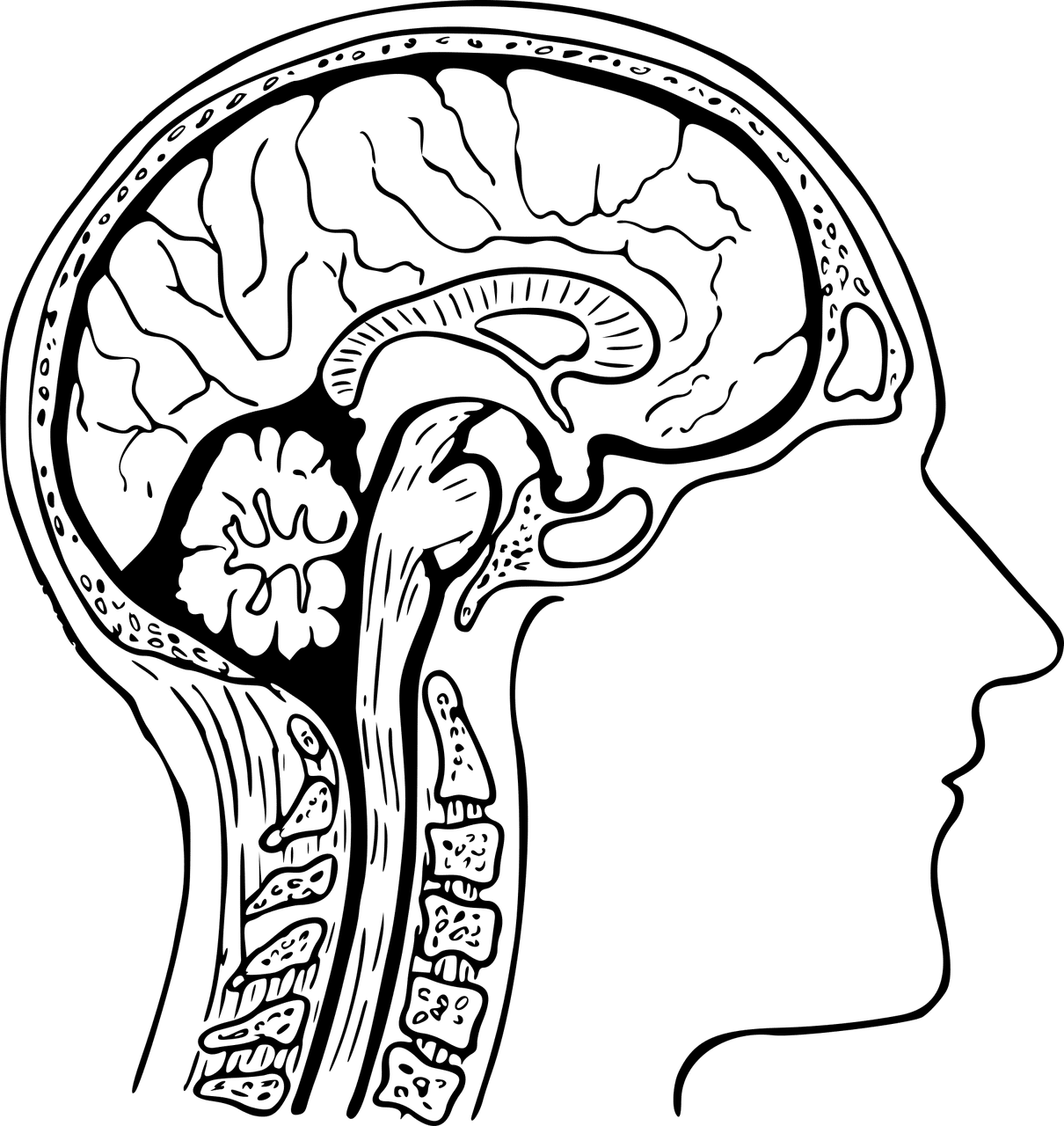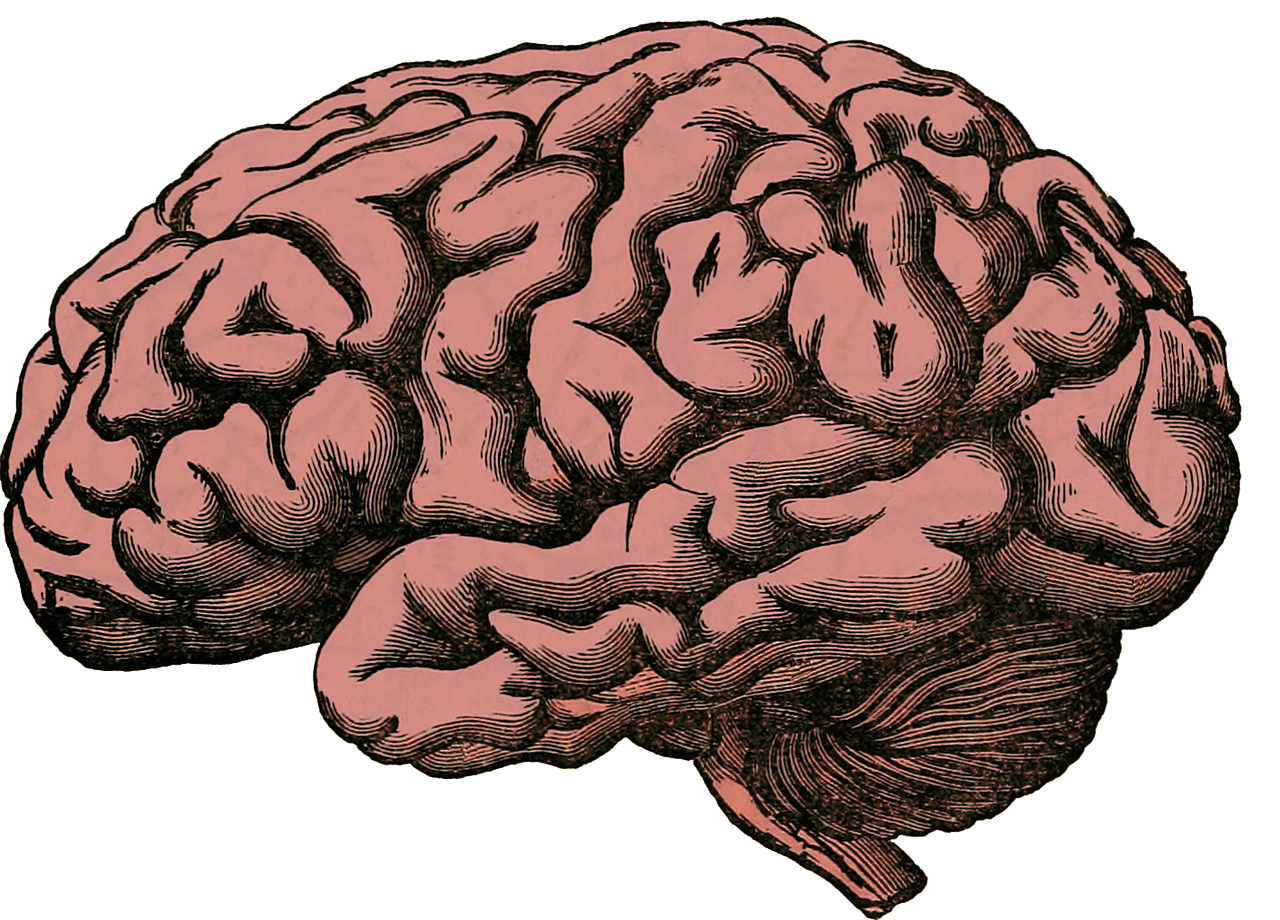
The hypothalamus is a brain area.
Hypothalamus is an area of the brain that is located below the thalamus and can be framed within the diencephalon . Through the release of hormones, the hypothalamus is responsible for regulating body temperature , thirst, hunger , mood and other issues of great importance.
This area of gray matter can be divided into different nuclei , such as the paraventricular, supraoptic, ventromedial, posterior, preoptic, dorsomedial and lateral nuclei, among others.
The hypothalamus acts on the autonomic nervous system and the limbic system , in addition to being considered the integrating structure of the vegetative nervous system . It is connected to the endocrine system , the brain nerves and the spinal cord .
The hypothalamus and homeostasis
It is important to emphasize that this area of the brain in question carries out, together with the pituitary gland , an endocrine-type gland found in a bone space in the so-called sphenoid bone, the procedure of homeostasis . Specifically, this is a set of actions thanks to which the organism , and more precisely its internal environment, is self-regulated in order to ensure that both its properties and composition are maintained in what they are. constant parameters.
According to medicine , this homeostasis process is achieved by the hypothalamus and pituitary gland through a negative feedback system , that is, what the system does is respond in the opposite direction to the signal.

The hypothalamus plays a key role in homeostasis.
Other functions of this brain area
In addition to releasing hormones , the hypothalamus has the ability to generate direct-acting neurohormones such as oxytocin (which is linked to the genitals in men and the mammary glands and uterus in women) and antidiuretic hormone (dedicated to regulation of water in the body).
The hypothalamus, on the other hand, is responsible for secreting different substances and carrying out various functions linked to the secretion of pituitary hormones .
Diseases of the hypothalamus
In addition to everything mentioned above, it must be stated that it is also important to know the set of diseases of the hypothalamus that can occur and that mean that those who suffer from them are in a quite critical moment since they are pathologies of significant severity.
Thus, for example, among the most common are germ cell tumors , meningiomas of the wing of the sphenoid, craniopharyngiomas , aneurysms of the internal carotid or gliomas of the optic nerve. These are diseases that occur in what is the anterior hypothalamus.
However, we cannot ignore that there are also other pathologies that occur in the so-called posterior hypothalamus . Among them, some stand out for their importance, such as teratomas, which are encapsulated tumors, gliomas, ependymomas or the aforementioned germ cell tumors.
Some surgical intervention, a tumor, the degeneration of old age or a violent blow can cause damage to the hypothalamus. Among the consequences of these disorders are certain psyche alterations, diabetes insipidus (which causes a reduction in the generation of vasopressin and excess urine production), sleep disturbances, changes in heart rate, overweight. and sexual dysfunctions.
